
Posted By: Swismax.com
Posted Date: Apr 16, 2025
Website load speed is a critical factor in search engine rankings and user satisfaction. In today’s fast-paced digital world, visitors expect a website to load in under three seconds. A slow-loading website not only frustrates users but also affects your search engine rankings. If you're wondering how to improve your website’s load speed and boost its performance, this blog will guide you through actionable steps to achieve this goal.
Improves SEO Rankings:
Google considers page speed a ranking factor. A faster website is more likely to rank higher on search engine results pages (SERPs).
Enhances User Experience:
Visitors are more likely to stay on a site that loads quickly. A slow site can lead to higher bounce rates and reduced engagement.
Boosts Conversion Rates:
Faster websites create a seamless user experience, encouraging visitors to take action, whether it's making a purchase, filling out a form, or signing up.
1. Optimize Images
Large image files can slow down your website. Use compressed formats like WebP and tools like TinyPNG to reduce file sizes without compromising quality.
2. Enable Browser Caching
Browser caching stores website data locally on users’ devices, so pages load faster during repeat visits. Configure caching using plugins like WP Super Cache for WordPress or manual server-side settings.
3. Minify CSS, JavaScript, and HTML
Remove unnecessary code and whitespace to reduce file sizes. Tools like UglifyJS and CSSNano can help streamline your files.
4. Use a Content Delivery Network (CDN)
A CDN distributes your website’s content across multiple servers worldwide, ensuring faster delivery to users regardless of their location. Services like Cloudflare or AWS CloudFront are popular options.
5. Reduce Server Response Time
A slow server impacts load speed. Upgrade your hosting plan or switch to a reliable hosting provider with high-performance servers.
6. Implement Lazy Loading
Lazy loading delays the loading of non-critical resources (like images and videos) until they are needed. This reduces the initial load time of your pages.
7. Optimize Your Code and Database
Keep your website's backend clean. For WordPress users, plugins like WP-Optimize can remove unnecessary database clutter and improve efficiency.
8. Use Gzip Compression
Enable Gzip compression on your server to compress files before sending them to users, significantly reducing their size and improving load speed.
9. Reduce Redirects
Too many redirects slow down your website. Audit your site to eliminate unnecessary redirects and streamline the user journey.
10. Monitor and Test Regularly
Use tools like Google PageSpeed Insights, GTmetrix, or Pingdom to monitor your website’s load speed and identify areas for improvement.
Higher Search Engine Rankings:
Google prioritizes fast-loading websites, giving them an edge in organic search results.
Improved Mobile Experience:
With mobile-first indexing, a fast mobile website is essential to retain users and rank well.
Increased Revenue:
Faster websites lead to higher conversions, whether for e-commerce or lead generation.
Better Customer Retention:
A smooth user experience keeps visitors engaged and encourages them to return.
How Swismax Enhances Your Website Load Speed
1. Image Optimization
Swismax uses advanced tools to compress images into formats like WebP to maintain visual quality while reducing file sizes. This helps your website load faster without compromising aesthetics.
2. Browser Caching Configuration
We enable browser caching to store your website’s data on users' devices, allowing for quicker load times during repeat visits.
3. Code Minification
Our team removes unnecessary characters, spaces, and lines from CSS, JavaScript, and HTML to ensure lightweight and optimized files.
4. Content Delivery Network (CDN) Setup
Swismax configures CDNs such as Cloudflare or AWS CloudFront to distribute your content globally, ensuring users experience fast load speeds regardless of location.
5. Server Optimization
If your hosting server is causing delays, we recommend and implement high-performance hosting solutions to reduce server response times.
6. Lazy Loading Implementation
Swismax incorporates lazy loading for images and videos, ensuring they only load when required. This significantly reduces the initial load time of your pages.
7. Gzip Compression
We activate Gzip compression to compress large files before they are sent to users, reducing download times.
8. Regular Performance Monitoring
Swismax uses tools like Google PageSpeed Insights, GTmetrix, and Pingdom to test and monitor your website's speed, ensuring consistent performance.
Expertise in SEO and Web Development:
Swismax combines technical SEO expertise with cutting-edge development techniques to deliver fast and optimized websites.
Customized Solutions:
Every website is unique, and we provide tailored solutions to meet your specific needs and goals.
Affordable Services:
Our cost-effective packages ensure you get high-quality optimization without breaking your budget.
Long-Term Benefits:
We not only optimize your website for speed but also focus on strategies that ensure long-term performance and growth.
A fast-loading website is essential for improving your search engine rankings, enhancing user experience, and boosting conversions. At Swismax, we take pride in helping businesses achieve these goals through professional website optimization services.
Don’t let a slow website hold you back. Contact Swismax today to improve your website’s load speed and elevate your online presence!
Relevant Blogs

Posted Date: Jan 05, 2025
 in Website Design.webp)
Posted Date: Jan 06, 2025

Posted Date: Jan 06, 2025

Posted Date: Dec 30, 2024

Posted Date: Dec 30, 2024

Posted Date: Feb 23, 2025

Posted Date: Feb 23, 2025

Posted Date: Feb 24, 2025

Posted Date: Feb 24, 2025

Posted Date: Feb 24, 2025

Posted Date: Mar 04, 2025

Posted Date: Mar 04, 2025

Posted Date: Mar 05, 2025

Posted Date: Mar 06, 2025

Posted Date: Mar 22, 2025

Posted Date: Mar 24, 2025
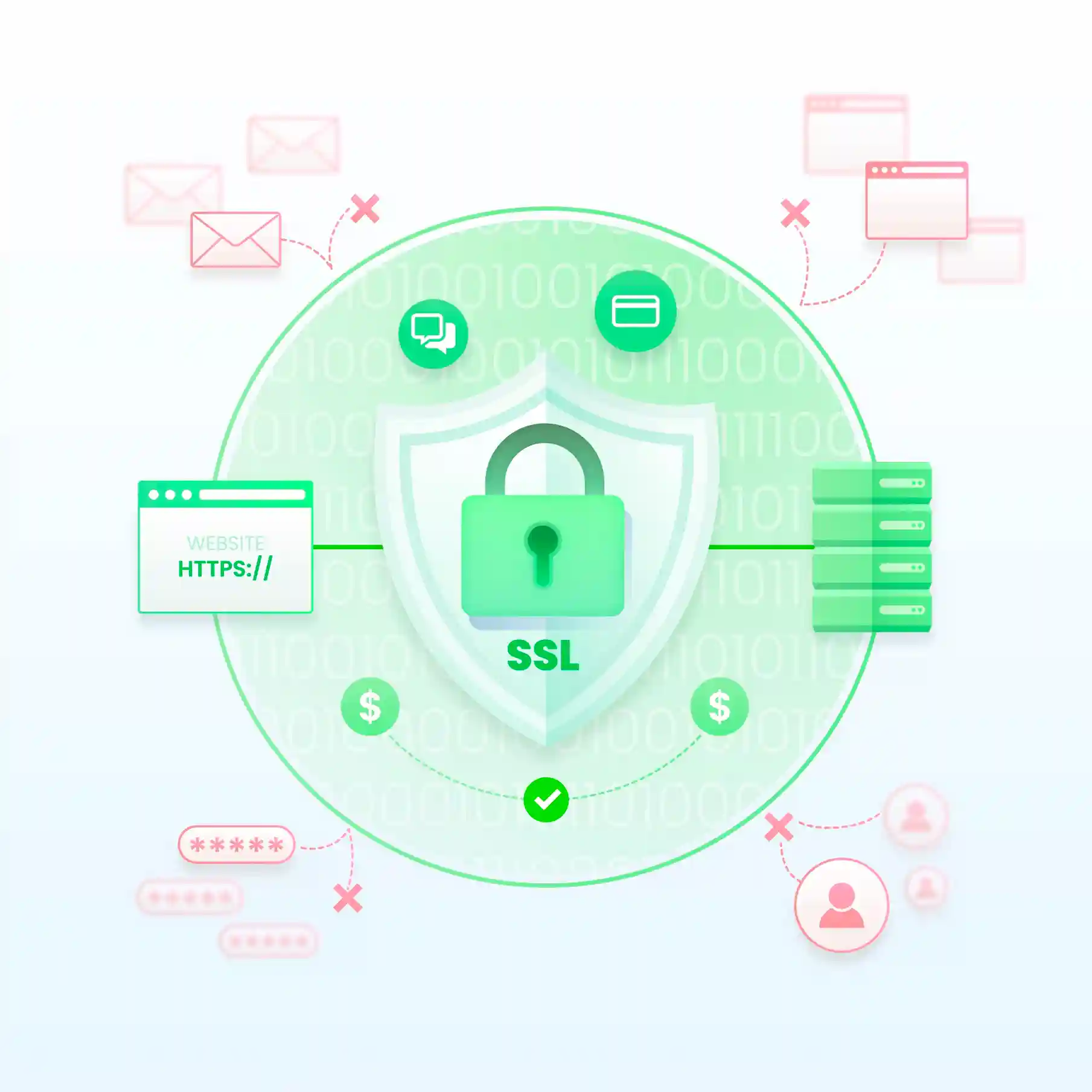
Posted Date: Apr 08, 2025

Posted Date: Apr 09, 2025

Posted Date: Apr 10, 2025
.webp)
Posted Date: Apr 10, 2025

Posted Date: Apr 12, 2025
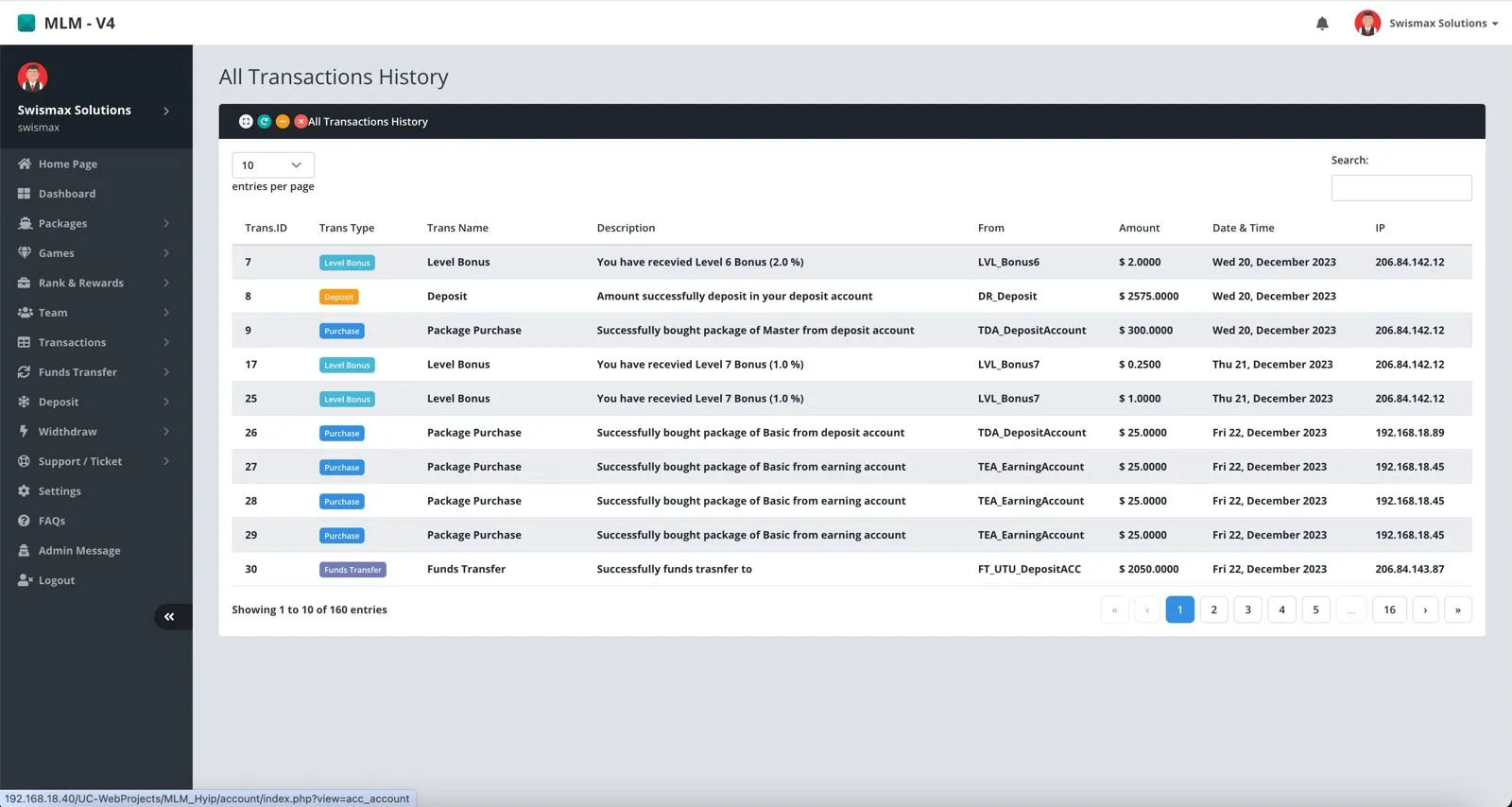
Posted Date: Apr 14, 2025

Posted Date: Apr 15, 2025

Posted Date: Apr 16, 2025

Posted Date: Apr 16, 2025

Posted Date: Apr 17, 2025

Posted Date: Apr 21, 2025

Posted Date: Apr 21, 2025

Posted Date: Apr 21, 2025

Posted Date: Apr 24, 2025

Posted Date: Apr 28, 2025

Posted Date: Apr 28, 2025
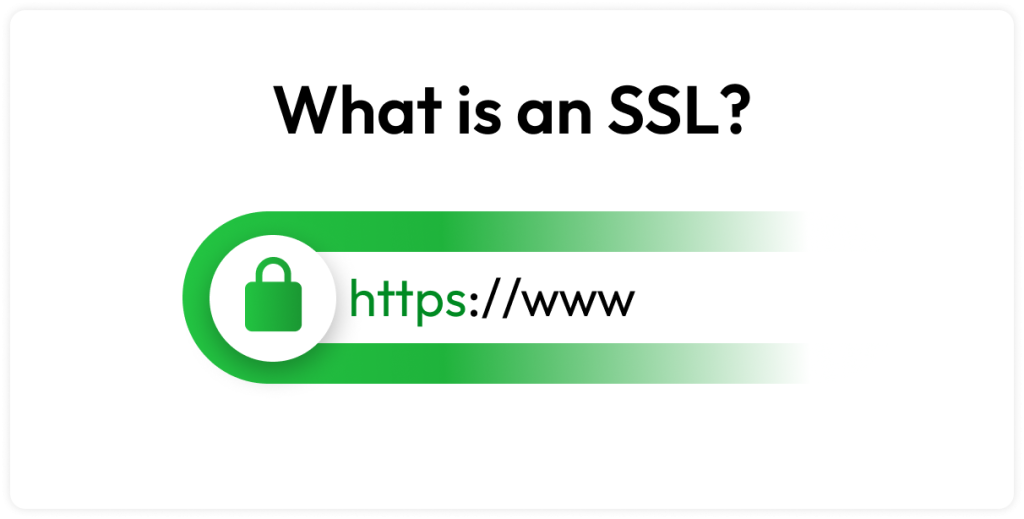
Posted Date: May 02, 2025
.jpeg)
Posted Date: May 03, 2025
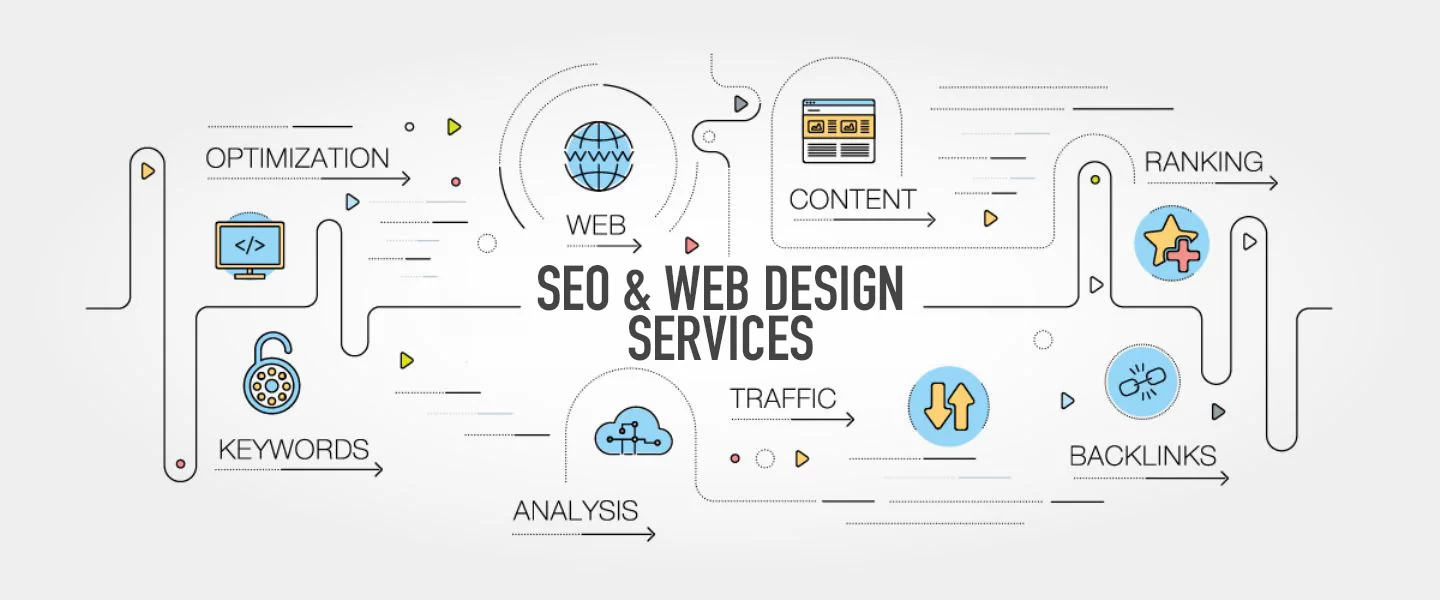
Posted Date: May 03, 2025

Posted Date: May 03, 2025

Posted Date: May 05, 2025

Posted Date: May 05, 2025

Posted Date: May 06, 2025

Posted Date: May 06, 2025

Posted Date: May 08, 2025

Posted Date: May 09, 2025

Posted Date: May 09, 2025

Posted Date: May 09, 2025

Posted Date: May 12, 2025

Posted Date: May 13, 2025

Posted Date: May 13, 2025
.jpg)
Posted Date: May 13, 2025

Posted Date: May 14, 2025

Posted Date: May 14, 2025

Posted Date: May 15, 2025

Posted Date: May 16, 2025

Posted Date: May 17, 2025

Posted Date: May 17, 2025

Posted Date: May 17, 2025

Posted Date: May 19, 2025
Posted Date: May 19, 2025

Posted Date: May 19, 2025

Posted Date: May 19, 2025

Posted Date: May 20, 2025

Posted Date: May 22, 2025
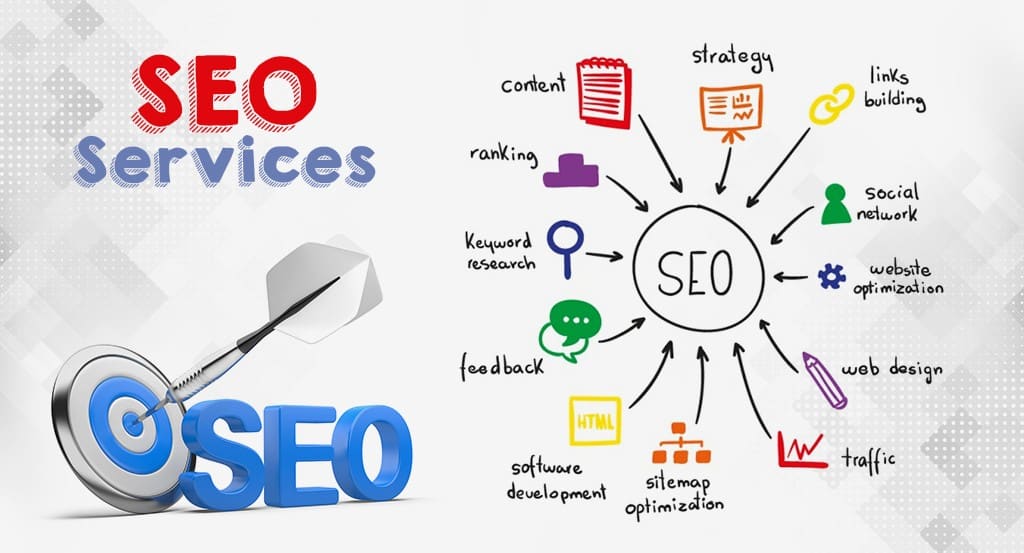
Posted Date: May 26, 2025

Posted Date: May 26, 2025

Posted Date: May 27, 2025

Posted Date: May 28, 2025

Posted Date: May 29, 2025

Posted Date: May 29, 2025
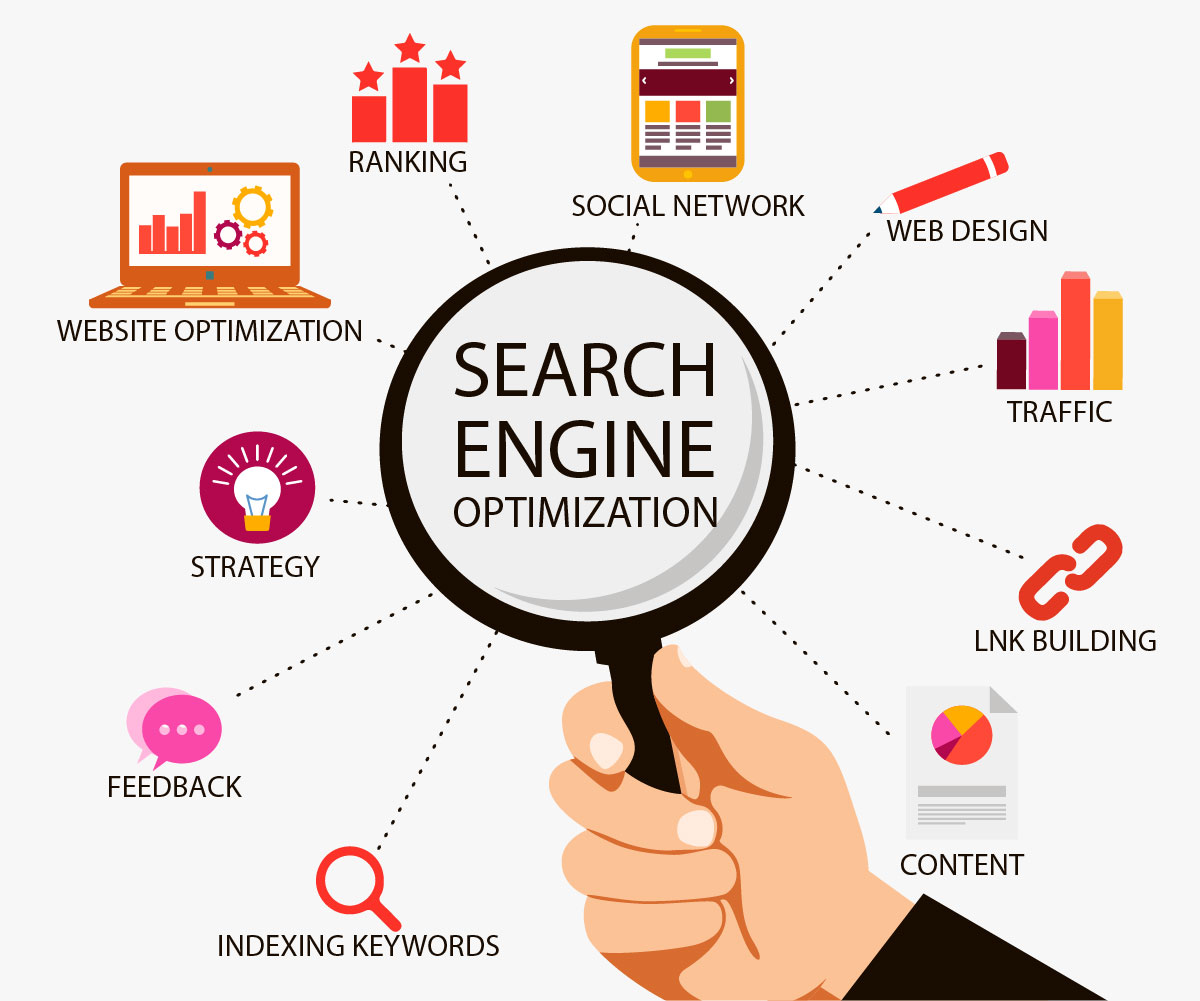
Posted Date: May 30, 2025

Posted Date: May 30, 2025

Posted Date: May 31, 2025

Posted Date: Jun 02, 2025

Posted Date: Jun 04, 2025

Posted Date: Jun 04, 2025

Posted Date: Jun 05, 2025

Posted Date: Jun 05, 2025

Posted Date: Jun 11, 2025

Posted Date: Jun 11, 2025

Posted Date: Jun 11, 2025

Posted Date: Jun 11, 2025

Posted Date: Jun 12, 2025

Posted Date: Jun 12, 2025

Posted Date: Jun 16, 2025
_11zon.webp)
Posted Date: Jun 18, 2025
.webp)
Posted Date: Jun 18, 2025

Posted Date: Jun 18, 2025
.webp)
Posted Date: Jun 18, 2025

Posted Date: Jun 18, 2025
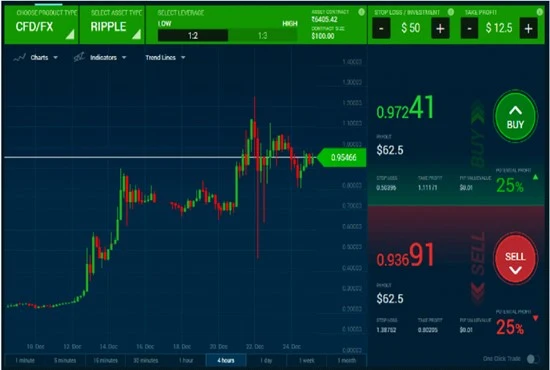
Posted Date: Jun 19, 2025

Posted Date: Jun 20, 2025

Posted Date: Jun 21, 2025

Posted Date: Jun 21, 2025

Posted Date: Jun 23, 2025

Posted Date: Jun 24, 2025
.webp)
Posted Date: Jun 25, 2025

Posted Date: Jun 27, 2025

Posted Date: Jun 27, 2025
.webp)
Posted Date: Jun 27, 2025
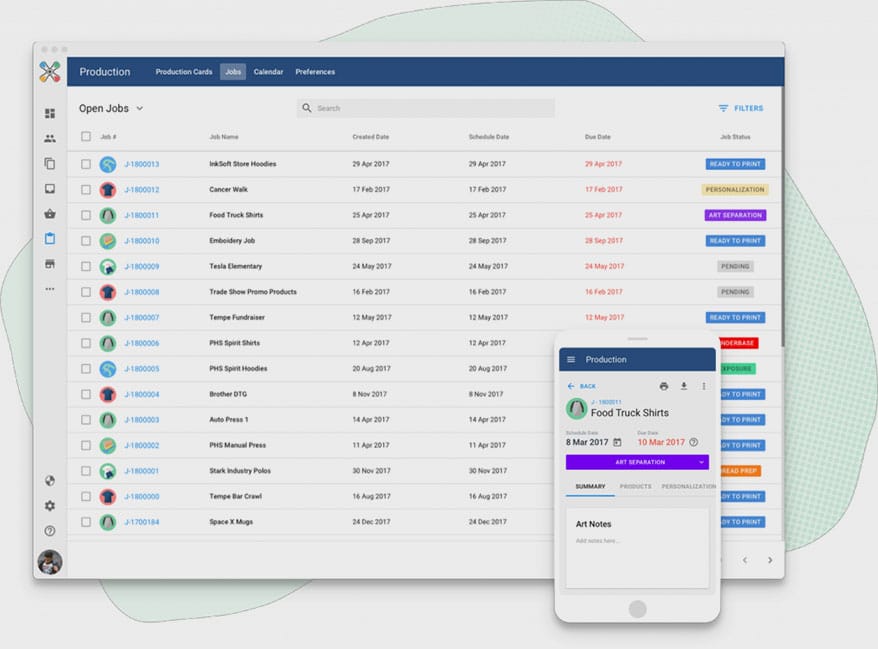
Posted Date: Jun 27, 2025

Posted Date: Jun 28, 2025

Posted Date: Jun 28, 2025

Posted Date: Jun 30, 2025

Posted Date: Jun 30, 2025

Posted Date: Jun 30, 2025

Posted Date: Jul 04, 2025

Posted Date: Jul 04, 2025

Posted Date: Jul 07, 2025
.webp)
Posted Date: Jul 10, 2025

Posted Date: Jul 11, 2025

Posted Date: Jul 15, 2025

Posted Date: Jul 18, 2025

Posted Date: Jul 18, 2025

Posted Date: Jul 19, 2025
_11zon.webp)
Posted Date: Jul 19, 2025

Posted Date: Jul 21, 2025
.webp)
Posted Date: Jul 22, 2025
.webp)
Posted Date: Jul 22, 2025

Posted Date: Jul 23, 2025
.jpg)
Posted Date: Jul 24, 2025

Posted Date: Jul 28, 2025

Posted Date: Jul 28, 2025

Posted Date: Jul 28, 2025

Posted Date: Jul 28, 2025

Posted Date: Jul 31, 2025

Posted Date: Jul 31, 2025

Posted Date: Aug 12, 2025

Posted Date: Aug 12, 2025

Posted Date: Aug 12, 2025

Posted Date: Aug 12, 2025

Posted Date: Aug 12, 2025

Posted Date: Aug 12, 2025

Posted Date: Aug 13, 2025

Posted Date: Aug 13, 2025

Posted Date: Aug 13, 2025

Posted Date: Aug 13, 2025

Posted Date: Aug 13, 2025

Posted Date: Aug 16, 2025

Posted Date: Aug 22, 2025
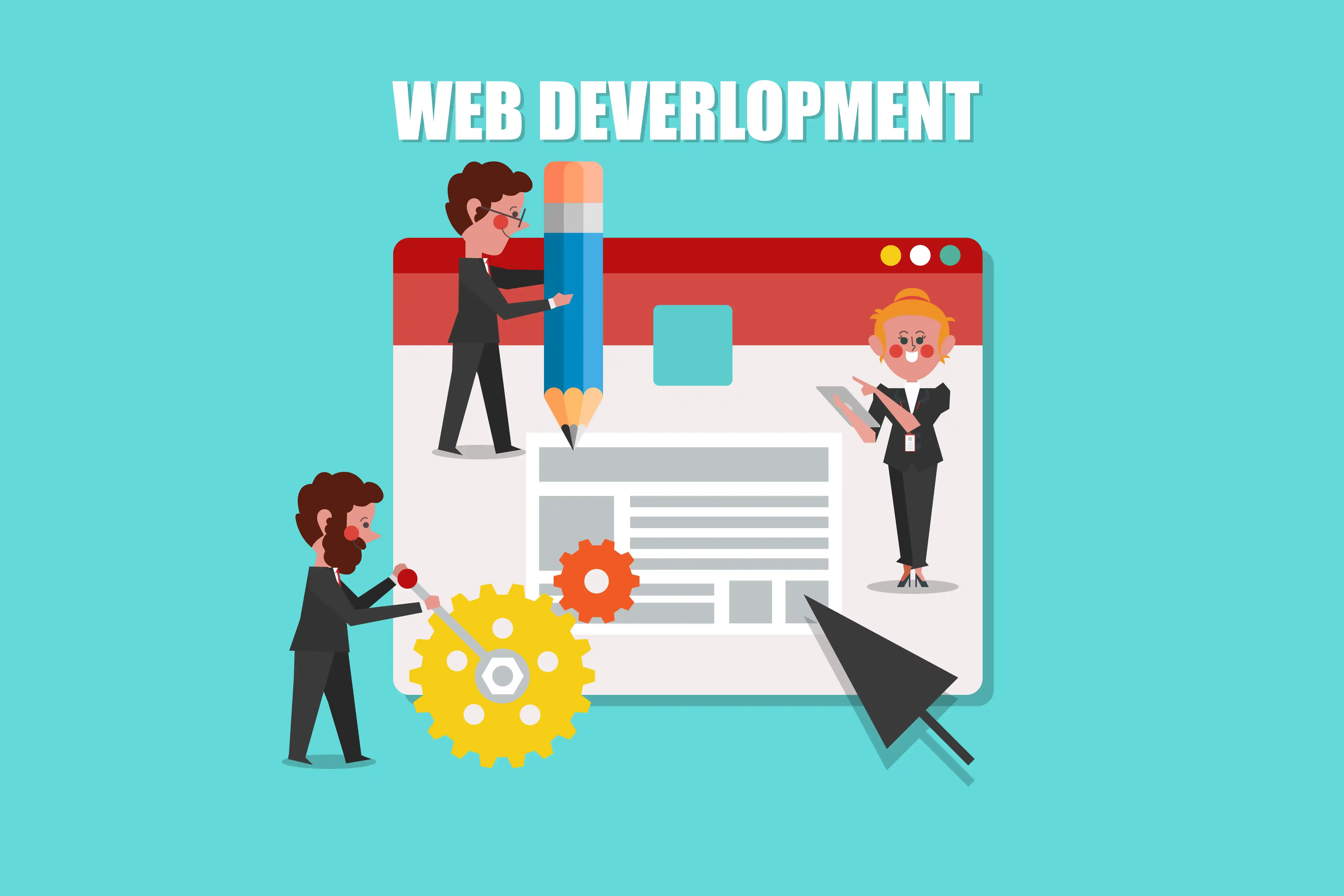
Posted Date: Aug 22, 2025

Posted Date: Aug 22, 2025